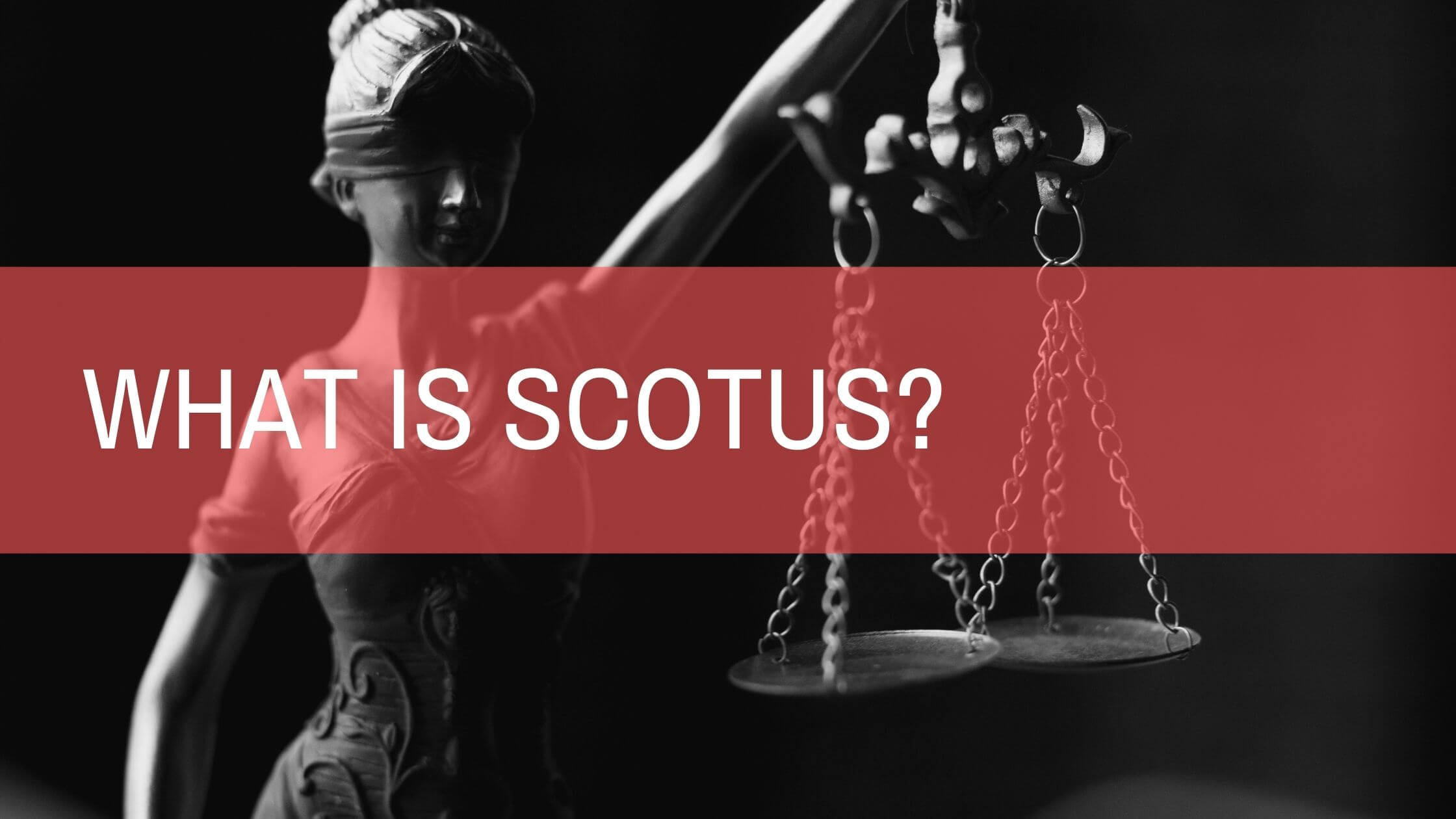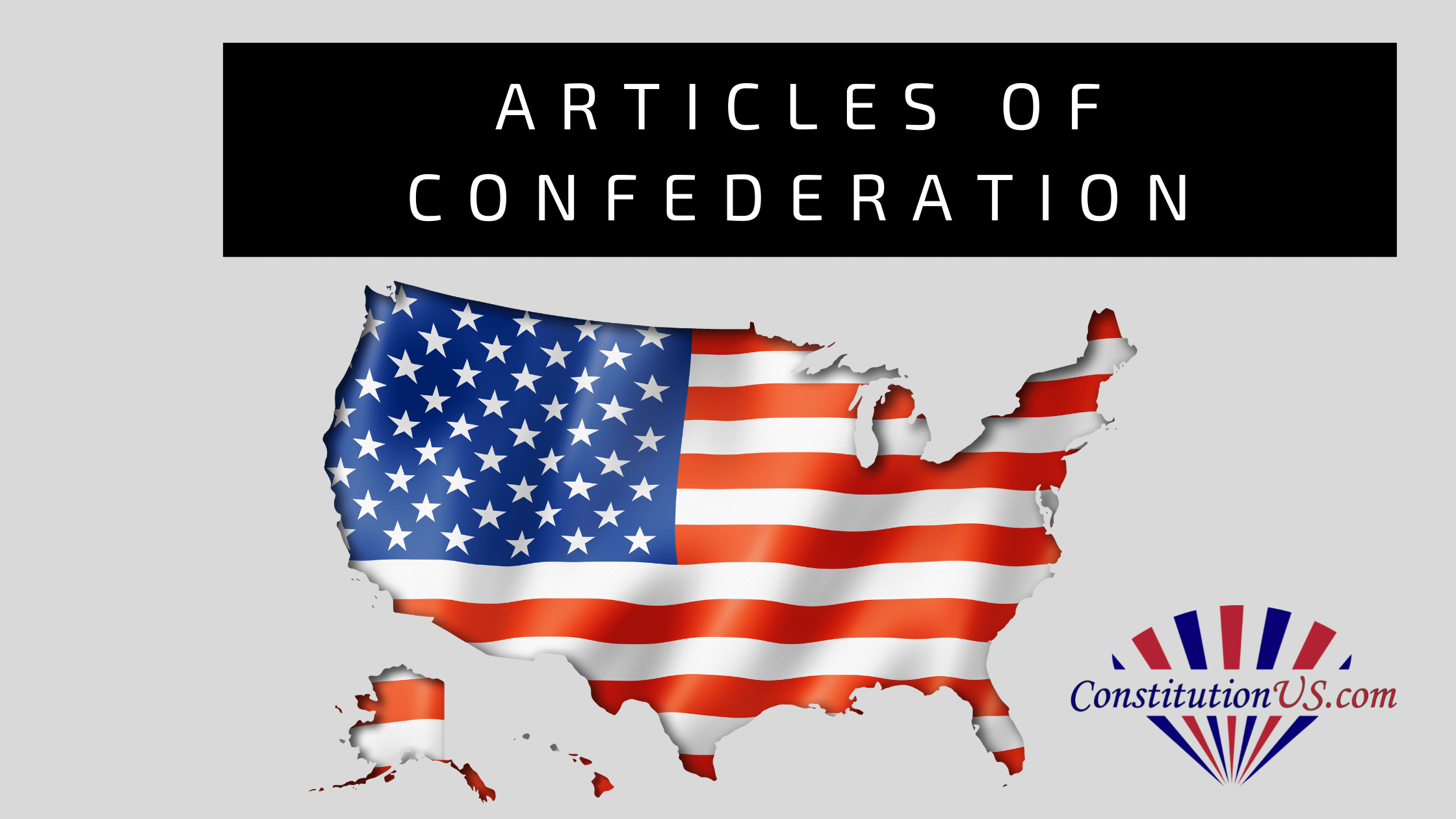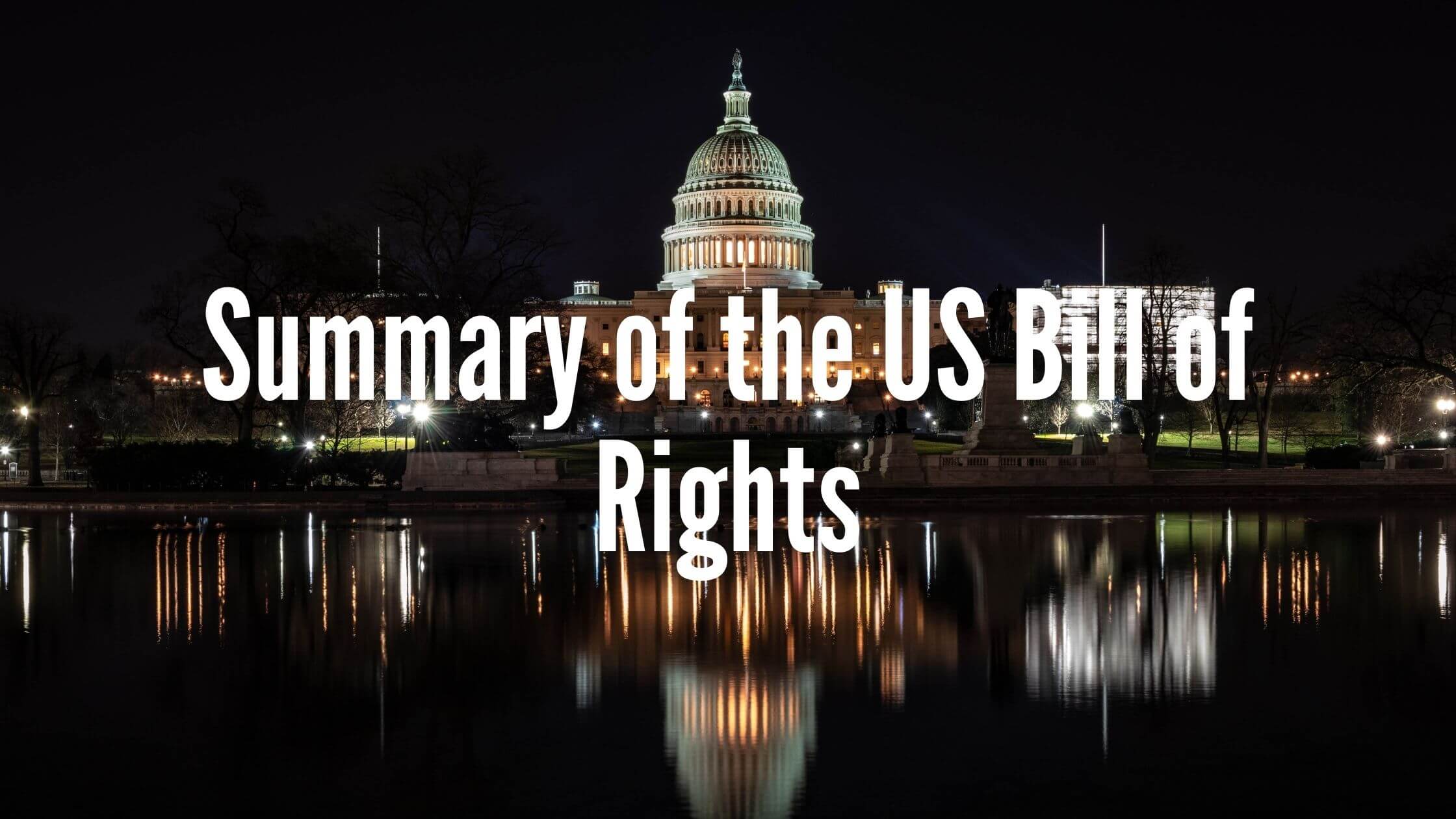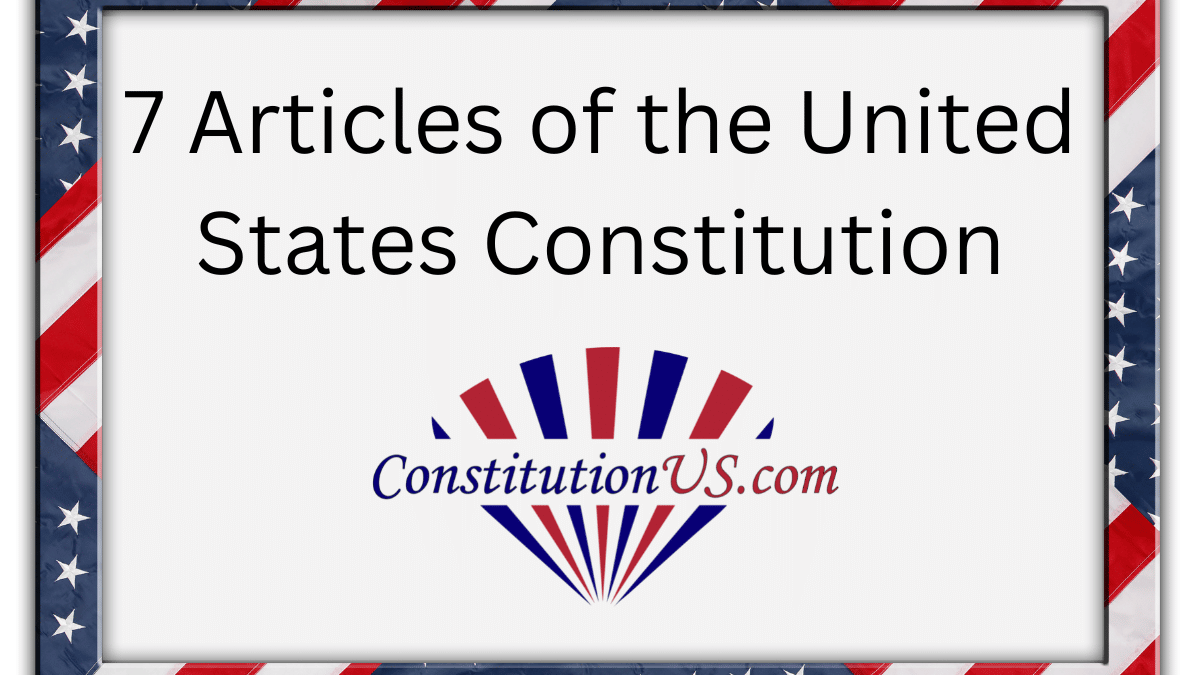Table of Contents
ToggleThe United States government commonly uses distinct abbreviations or acronyms to refer to different agencies, branches of government, or civil servants.
What is SCOTUS?
SCOTUS is one of the most common governmental acronyms and refers to the Supreme Court of the United States. It is very similar to the acronym POTUS, which stands for President of the United States.
Article 3 of the Constitution
The Supreme Court is established in Article 3 of the United States Constitution and is the only judicial body created by this founding document. The Constitution does give Congress the authority to make additional courts, but they are always under the authority of the Supreme Court. The Chief Justice of the Supreme Court is implicitly established in Article 1, Section 3, where this officer is given the responsibility for presiding over the Senate trial of an impeached individual.
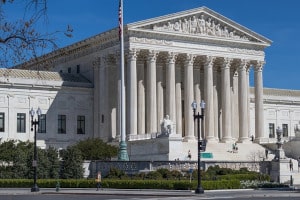
Terms of Service
Unlike the president, vice president, senators, or representatives, judges of the Supreme Court and other established federal courts are not subject to term lengths or term limits. They can serve as long as they desire until their death or retirement and can only be removed from office by the federal impeachment and conviction process. The lack of term restrictions is one of the most significant controversies of the original United States Constitution and is increasingly becoming a major object of criticism.
The most plausible explanation for the Founding Fathers omitting any term restrictions or limitations is that life expectancy at the time was much lower than it is today. Because of the magnitude of the responsibility, most appointed judges to federal courts would probably be of mature age, in their 40s or 50s. In early America, most individuals rarely lived into their 70s, and the Founding Fathers likely thought that most judges would only end up serving 10-15 years at the most.
Size of the Court
The United States Constitution does not set a minimum or maximum size for the Supreme Court, giving Congress the authority to establish the number of justices on the court. The size of the Supreme Court was a major source of contention in the early days of the United States, as opposing political parties would routinely reduce or increase the size to benefit their interests. The current total of nine judges was established by the Judiciary Act of 1869, the last time the number of justices on the court was altered.
Since the Judiciary Act of 1869, the number of Supreme Court justices has generally not been a major political issue. Up until recently, the last president to seriously consider altering the court’s makeup was Franklin Roosevelt. However, President Trump’s recent success in appointing three conservative judges to the court has caused many Democratic politicians to consider increasing the size of the court openly.
It is doubtful that the size of the Supreme Court will be altered in the immediate future, despite recent talk of doing so. Both political parties are pragmatic enough to realize that once one party alters the size of the court while in power, the opposing party will change it back once they regain power. Ultimately, the most effective solution to solve the growing political discord surrounding the Supreme Court would be to amend the Constitution to incorporate term limits for judges.
Current Court Membership
The current judges of the Supreme Court are Chief Justice John Roberts, Clarence Thomas, Stephen Breyer, Samuel Alito, Sonia Sotomayor, Elena Kagan, Neil Gorsuch, Brett Kavanaugh, and Amy Coney Barrett. Roberts and Alito were appointed by George W. Bush, Justice Thomas was appointed by George H. W. Bush, and Gorsuch, Kavanaugh, and Barrett were appointed by Donald Trump. Bill Clinton appointed Breyer and Sotomayor, and Barack Obama appointed Kagan. Breyer is currently the longest-tenured justice on the court, serving for just over 30 years.

Although much concern is often voiced about the length of time United States Supreme Court justices can serve, the average length of service on the court currently is about 14 years. With the upcoming retirement of Supreme Court Justice Stephen Breyer, the average tenure will be about 11 years, with four of the justices having begun their careers on the court in the last five years. The court currently has a well-balanced makeup of veteran and newer judges, giving it the balance and flexibility to adjudicate constitutional law and order effectively.
Ideological Constituency
The current ideological makeup of the Supreme Court is a major topic of political discourse in the United States. Partisans of both political parties often exaggerate the perceived political leanings of the court without actually studying the court’s rulings. As a general rule, the most accurate way to effectively categorize the court is to utilize several different criteria, organizing the court into several different sections and subsections to understand its political leanings better.
Party Affiliation by Appointment
The most common way to categorize the Supreme Court by ideology is to identify the political party of the president who appointed them. Currently, six of the justices were appointed by Republican presidents, whereas three of the justices were appointed by Democratic presidents. As a result, many analysts identify the court as having a 6-3 conservative majority, the most commonly held viewpoint among most Americans.

General Rulings in Major Cases
A slightly more accurate way to categorize the court’s ideology is to view how the justices rule on major constitutional or political cases. Recently, four Republican-appointed justices have been reliably conservative votes, whereas all three Democratic-appointed justices have been liberal votes. Chief Justice John Roberts has been a moderate swing vote, while Brett Kavanaugh has generally been a reliable conservative vote but occasionally votes with the liberal side.

Get Smarter on US News, History, and the Constitution
Join the thousands of fellow patriots who rely on our 5-minute newsletter to stay informed on the key events and trends that shaped our nation's past and continue to shape its present.
Rulings in All Cases
The most accurate way to identify the court’s ideology is to deeply analyze the court’s rulings on all cases. The most in-depth analysis of the court’s opinions, incorporating all cases that it chooses to hear, reveals three distinct sections of the court. Alito, Gorsuch, and Thomas are reliable conservative votes, Barrett, Kavanaugh, and Roberts are conservative to moderate votes, while Breyer, Kagan, and Sotomayor are reliable liberal votes.
